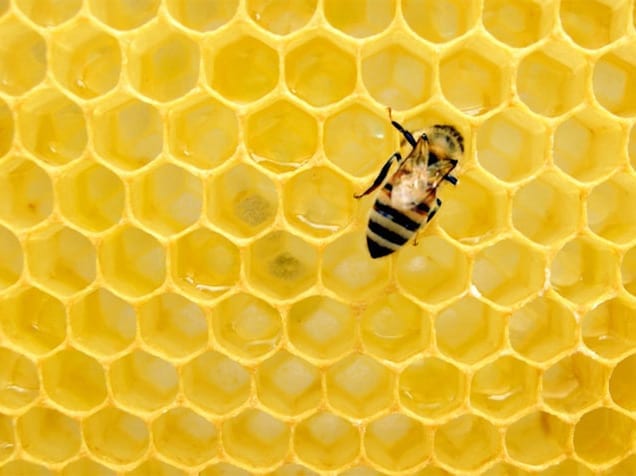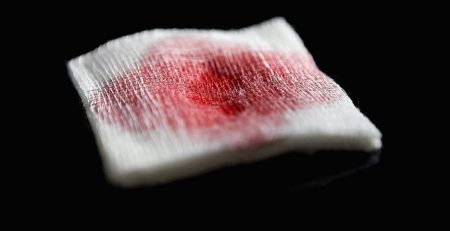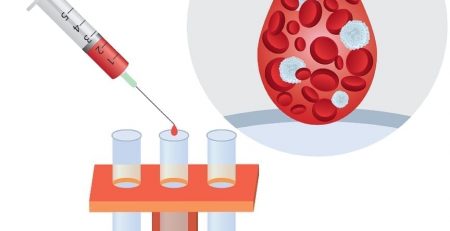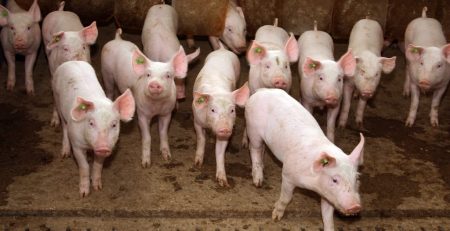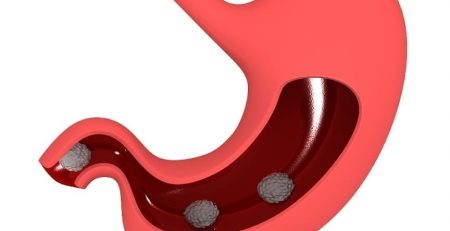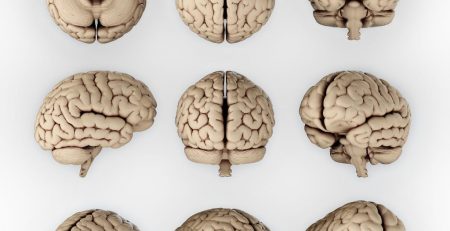Honeybee Venom Could Enhance Chemotherapy
New research led by Dr. Ciara Duffy from Harry Perkins Institute of Medical Research and the University of Western Australia has found that honeybee venom induces cancer cell death in triple-negative breast cancer with minimal effect of healthy cells, according to a statement.
Duffy collected venom from 312 honeybees and bumblebees in Perth Western Australia, Ireland, and England and tested the effect of the venom on the clinical subtypes of breast cancer.
“No one had previously compared the effects of honeybee venom or melittin across all of the different subtypes of breast cancer and normal cells,” Duffy said. “We tested honeybee venom on normal breast cells, and cells from the clinical subtypes of breast cancer: hormone receptor positive, HER2-enriched, and triple-negative breast cancer. We tested a very small, positively charged peptide in honeybee venom called melittin, which we could reproduce synthetically, and found that the synthetic product mirrored the majority of the anti-cancer effects of honeybee venom. We found both honeybee venom and melittin significantly, selectively and rapidly reduced the viability of triple-negative breast cancer and HER2-enriched breast cancer cells.”
Approximately 10-20 percent of all breast cancers do not respond to any of the hormonal therapies currently in use, making them extremely difficult to treat. But the researchers in this study found melittin could be used to combat the breast cancer cells by suppressing the activation of the receptor that is commonly overexpressed in triple-negative breast cancer and the activation of HER2 in HER2-enriched breast cancer.
“This is an incredibly exciting observation that melittin, a major component of honeybee venom, can suppress the growth of deadly breast cancer cells, particularly triple-negative breast cancer,” Western Australia’s Chief Scientist Professor Peter Klinken said. “Significantly, this study demonstrates how melittin interferes with signalling pathways within breast cancer cells to reduce cell replication. It provides another wonderful example of where compounds in nature can be used to treat human diseases.”
Find more information about the study here.




